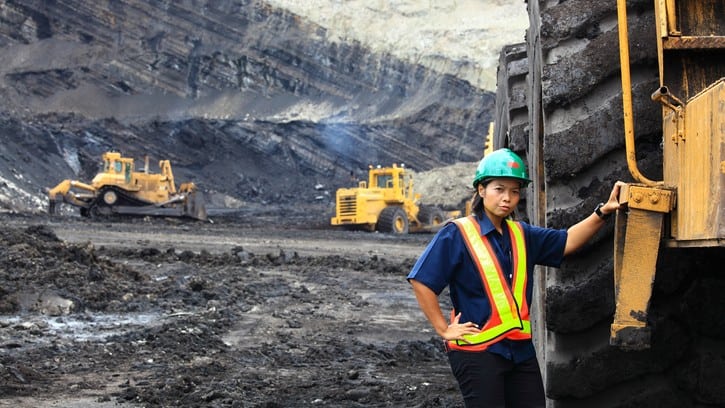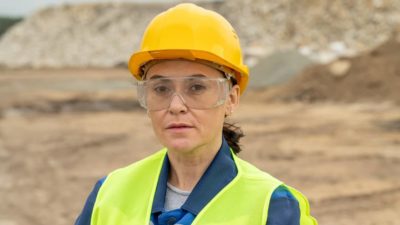The iron ore price is currently US$109.50 per tonne after a 2.8% gain overnight. There has also been a 23.7% boost over the past month, according to Trading Economics data.
This has lifted the fortunes of many ASX mining shares, particularly the iron ore pure-play Fortescue Metals Group Limited (ASX: FMG).
The Fortescue share price is up 25.4% in a month — almost exactly the same increase as the iron ore price.
Other ASX iron ore shares are also up substantially over this period. The Rio Tinto Limited (ASX: RIO) share price is up 21% and the BHP Group Ltd (ASX: BHP) share price is up 16%.
Creating this new share price buoyancy is China finally easing restrictions under its COVID-zero policy.
This has meant some manufacturers have been able to resume work, thereby raising demand for iron ore.
Australian exports have increased this year but this is partly to do with Brazilian exports declining.
Brazil is our chief competitor in the global supply of iron ore. But the 2019 Vale mine disaster continues to impact the country's production. That has meant more market share for Australia.
What happened to the iron ore price in 2022?
The iron ore price has fallen from a 2022 peak of about US$160 per tonne in March this year.
A big reason for this fall was China's COVID-zero policy, which shut down many industries for lengthy periods during 2022. Lockdowns can obviously kill an economy pretty quickly.
Things are getting back to normal now as protests over continuing lockdowns put pressure on the Chinese Government to relax the rules.
But don't expect the iron ore price to go flying much further. In the short term, ING commodities strategist Ewa Manthey expects iron ore prices to soften.
In a recent article, Manthey says:
There is more downside ahead for iron ore as there are fears that China's strict zero-Covid policy is here to stay in the near term, despite the recent easing of Covid restrictions …
We believe the short-term outlook remains bearish with sluggish demand from China suggesting that prices should trend lower.
How much will the commodity be worth in 2023?
ING expects the iron ore 62% Fe price to slide to $US85 per tonne in the first quarter of 2023.
It expects a slight improvement to about US$90 per tonne throughout the second and third quarters. This is based on expectations that China will further ease its COVID-19 restrictions.
The iron ore price could rise to above US$95 per tonne in the final quarter of 2023.
Why is ING predicting a lower iron ore price next year?
There are a few factors on both the demand and supply sides of the equation that are likely to reduce the iron ore price in 2023.
On the supply side, the three biggest miners in Australia have built new mines in recent years and are now ramping up production.
The largest is BHP's 80mtpa South Flank mine, which began operations in 2021.
There's also Rio's 43mtpa Gudai Darri mine, which commenced operations in June this year, and Fortescue's 30mtpa Eliwana mine, which came online in 2020.
According to Manthey:
These new projects, along with some expansion projects, could add to the downside pressure on prices.
[Australian] exports are forecast to increase by 3.1% in 2022-23 to reach 903mt and rise by 3.8% to 937mt in 2023-24, according to Australian trade data (Department of Industry, Science and Resources).
Looking ahead, we should continue to see the ramping up of supply from new projects in Australia, along with Vale continuing to target an annual production capacity of 400mtpa.
On the demand side, Manthey says China may continue to cap crude steel output. Plus, it's looking to replace older steel capacity with electric arc furnace capacity as part of its decarbonisation plans.
She says:
Growth in electric arc furnace (EAF) capacity at the expense of basic oxygen furnace (BOF) capacity will be a concern for the medium to long-term outlook for Chinese iron ore demand.
It also suggests that we have already seen China's iron ore imports peak in 2020.








